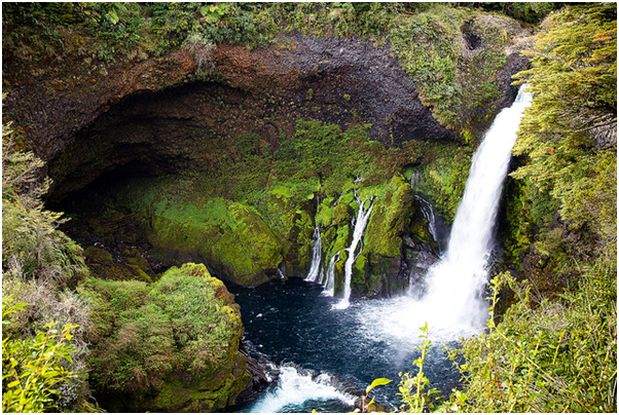How Nature Can Quench Our Thirst & Bring Water Back to Our Ecosystems

NAIROBI, Mar 20 (IPS) - Yeonju Jeong is UN Environment freshwater expert This article is part of a series of stories and op-eds launched by IPS on the occasion of World Water Day on March 22.Freshwater makes up only 2.5% of all water we have on earth. Readily accessible freshwater – which is found in rivers, lakes, wetlands and aquifers – accounts for less than one per cent of the world's water supply. It is vital for the existence of nearly every species on earth.
We use it for drinking, bathing, growing our food and sustaining our livestock, and to keep our industries running. Yet when we turn on our taps or take a hot shower, most of us don't realize just how precious the water that comes out truly is.
We are seeing global water supply dwindle to critical lows. Today, around 1.9 billion people live in severely water-scarce areas. By 2050, this could increase to around 3 billion people.
Some of the world's biggest cities, like Sao Paolo, Jakarta and Mexico City are facing water challenges. In Cape Town, threatened freshwater supplies could force the government to shut down the water supply, leaving citizens to collect water at ration points.
We simply cannot afford to be careless with this vital resource. So how did we get here? And more importantly, how can we get back to a stable water situation?
As global population grows, freshwater supplies are threatened by industrial development, demand for more agricultural and meat production, pollution and climate change. Consecutive years of drought have reduced water reservoirs to critical lows, sparking water emergencies. Now, water scientists are looking to nature for the answer.
Forests need water, water needs forests
Liquiñe, a rural town in the Los Ríos region of Chile, had a once lush, natural environment with abundant vegetation and fast flowing rivers. A combination of climate change and deforestation depleted the region's natural watercourses.
But when Chile's National Forest Corporation (CONAF) intervened with the support of the UN-REDD programme, part of the native forest around the town has since been restored.
The reforestation of Liquiñe illustrates how balancing Nature-Based Solutions with urban development can stabilize water supplies and protect ecosystems. As Fabián Carrasco, president of the Rural Drinking Water Committee of Liquiñe, puts it: "If there are no forests, there is no water. Sometimes people understand it backwards, so that is why it is necessary to make the population understand that the whole earth is in a tight balance and we must protect it."
Only part of the solution:
Reforestation is just one example of how protecting natural resources can be a powerful solution to address global water challenges. Of course, Nature-Based Solutions cannot solve every water problem, but they can provide innovative and cost-effective options to supplement insufficient or ageing water infrastructure.
Smartly managed natural landscapes can improve water availability, supply and quality, while managing future risks. For example, there is ample evidence that natural wetlands and "green" groundwater reservoirs, can be more sustainable and cost-effective than building "grey infrastructure", like dams and canals. Forests and sustainably-managed fields can regulate and improve water quality.
Green infrastructure, such as strips of land along watercourses planted with native trees, can help buffer pollution from agriculture. Cities can be made more resilient against extreme weather events and the effects of climate change, averting future risks to freshwater supplies, by connecting rivers to floodplains, or by planting vegetation along riverways.
World Water Day
On World Water Day March 22, UNESCO, the Convention on Biological Diversity and UN Environment will be celebrating Nature Based Solutions and how they can help us manage threats to our freshwater ecosystems in the 21st century.
The commemoration is meant to inspire people to take actions, and share their personal connection to water and nature around the world, as well as to encourage further research on nature-based solutions among academia and the business sector.
Nature-Based Solutions don't solve every water problem. Sometimes grey infrastructure such as dams and concrete reservoirs provide effective relief for overstretched water sources. But incorporating solutions which nature can offer is vital for long-term freshwater sustainability – and averting future threats.
There is no question that freshwater is one of the earth's most vital resources. And as we look to protect our communities from droughts and floods, and ensure that we have enough water to keep us thriving for generations to come, the answer is in nature.
© Inter Press Service (2018) — All Rights Reserved. Original source: Inter Press Service
 Global Issues
Global Issues